Interior design has been around for centuries, with a rich history of evolving trends, styles, and materials used to create aesthetically pleasing homes. From the Baroque period to modern day minimalism, the history of Interior Design has provided us with countless innovations and inspiring looks. In this blog post, we’ll explore the evolution of home aesthetics and take a look back at the history of Interior Design.
Ancient Egyptian Homes
When we think of Ancient Egyptian architecture, we often envision towering pyramids and ornate temples. However, the ancient Egyptians also had an eye for interior design. The homes of the wealthy and elite were typically decorated with lavish furnishings, such as gold-trimmed chairs and ornate beds.
One notable aspect of Ancient Egyptian interior design was the use of murals and wall paintings. These elaborate depictions of scenes from daily life or religious rituals added color and depth to otherwise plain walls. Additionally, hieroglyphics and intricate carvings adorned many surfaces, showcasing the ancient Egyptians’ dedication to detail.
Egyptians also valued symmetry and balance in their design choices, often arranging furniture and decor in a precise manner. They utilized natural materials, such as stone and wood, to create sturdy and lasting furniture pieces. Beds, chairs, and tables were typically elevated on legs, making them easy to move and providing ventilation in the hot, arid climate.
Overall, Ancient Egyptian interior design emphasized luxury, beauty, and practicality. Though thousands of years have passed since the peak of their civilization, their design choices continue to inspire modern interior designers and architecture enthusiasts alike.
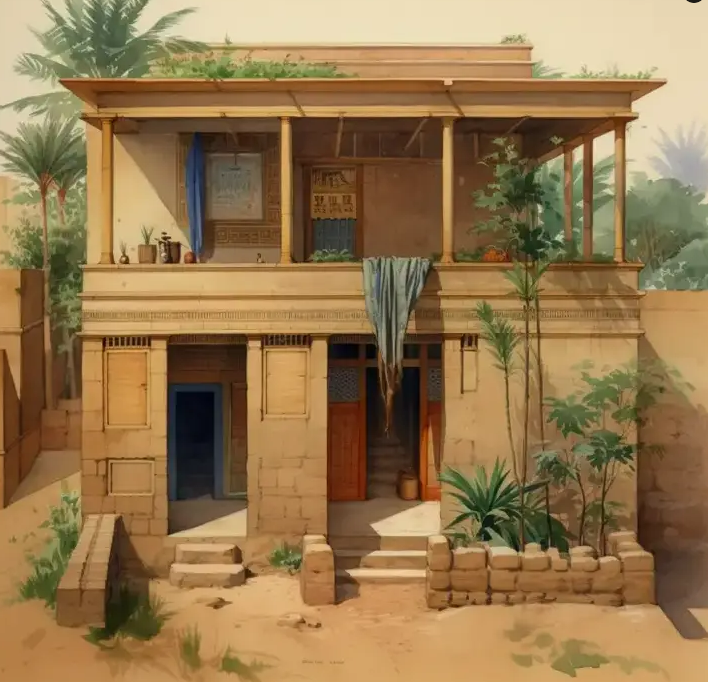
Image Source: HistoryForKids
Roman Villa Designs
During the Roman era, the interior design of homes underwent a major transformation. The Roman villas were known for their impressive designs and opulent features that were created to showcase the wealth and power of the aristocracy.
The Roman villa typically had a central courtyard that was surrounded by various rooms such as bedrooms, kitchens, dining rooms, and living areas. The walls were often decorated with intricate mosaics, frescoes, and intricate paintings that depicted scenes from nature and mythology.
One of the most notable features of the Roman villa was the hypocaust system which was used to heat the floors and walls of the villa. The system used a series of channels and pipes that were used to circulate warm air from a furnace to the rest of the villa. This allowed the residents to live in comfort during the cold winter months.
The Romans were also known for their impressive furniture and decorative elements that were used in the villas. Furniture such as beds, tables, and chairs were made from materials such as marble, wood, and bronze. In addition, decorative items such as lamps, vases, and figurines were used to add a touch of elegance and sophistication to the interior of the villas.
Overall, the Roman villa designs were an impressive display of opulence and extravagance that continue to inspire designers to this day.
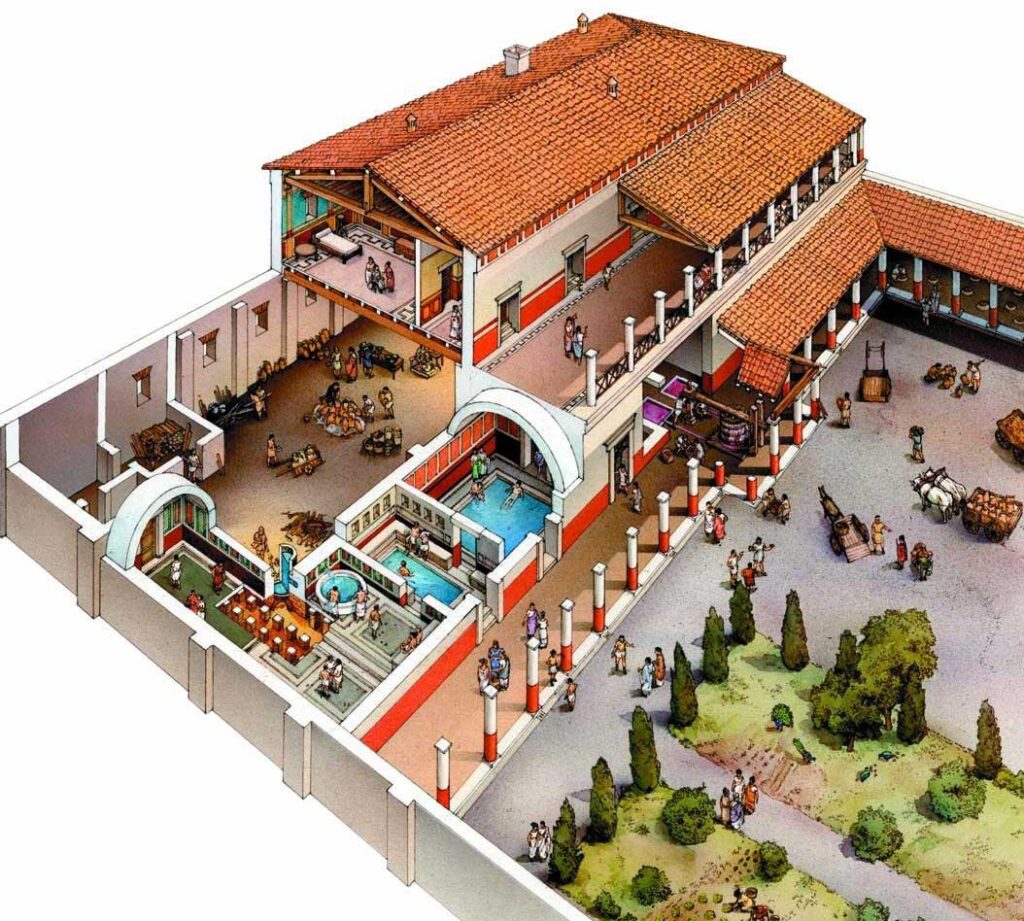
Image Source: University of Waterloo, Online
Middle Ages and the Renaissance
The Middle Ages were characterized by the heavy influence of religion on interior design. Furniture and decor were sparse, and functionality was key. Homes were built around a central hearth, and textiles were woven to be hung as wall tapestries or used as tablecloths.
In contrast, the Renaissance marked a shift towards elegance and grandeur. Homes were designed with larger windows, allowing for more natural light to enter. This led to an increased emphasis on textiles and colors, with vibrant and rich fabrics being used to decorate walls and furnishings. Furniture became more ornate, with carved details and intricate patterns.
Renaissance interiors also showcased a fascination with classical architecture, as seen in the use of columns, arches, and domes in interior spaces. Art played a significant role in home decor, with masterpieces displayed on walls and ceilings.
The development of printing technology during the Renaissance allowed for the mass production of wallpaper and textiles, leading to an increase in the availability and affordability of decorative elements. This resulted in a more widespread adoption of luxurious design styles in homes throughout Europe.
Overall, the Middle Ages and Renaissance periods had a significant impact on the evolution of interior design, with their respective emphasis on simplicity and functionality, as well as grandeur and luxury.
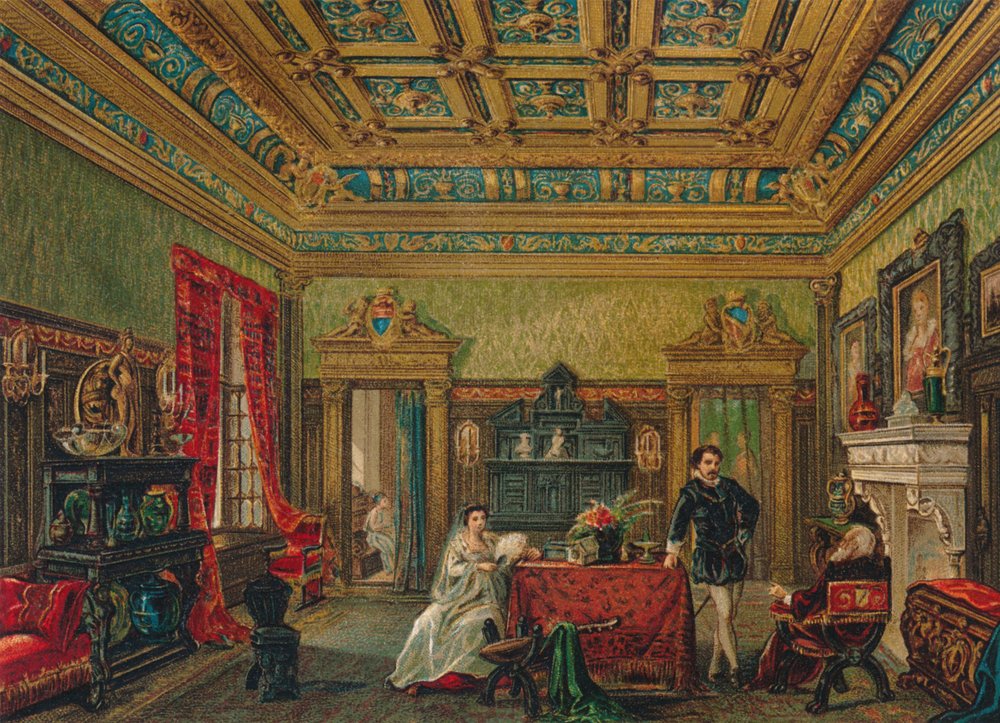
Baroque Era Interiors
The Baroque era was characterized by its extravagance and opulence, and this style carried over to interior design as well. This period lasted from the early 17th century to the mid-18th century, and it saw the rise of lavish and grandiose home decor.
During this era, furniture became much more elaborate and intricate. Carvings and ornate designs were incorporated into everything from tables to chairs, and materials like gold, ivory, and exotic woods were used extensively.
In addition to the furniture, the overall decor of Baroque homes was lavish and grand. Rooms were often decorated with frescoes, paintings, and tapestries, and mirrors were frequently used to add depth and dimension to the space.
Lighting also played a big role in Baroque interior design. Chandeliers were often used as a focal point in rooms, and they were often embellished with crystal, gold leaf, or intricate metalwork.
Overall, the Baroque era was all about making a bold statement through design. Homes were meant to be grandiose and over-the-top, and the use of ornate furniture, decor, and lighting helped achieve this effect.
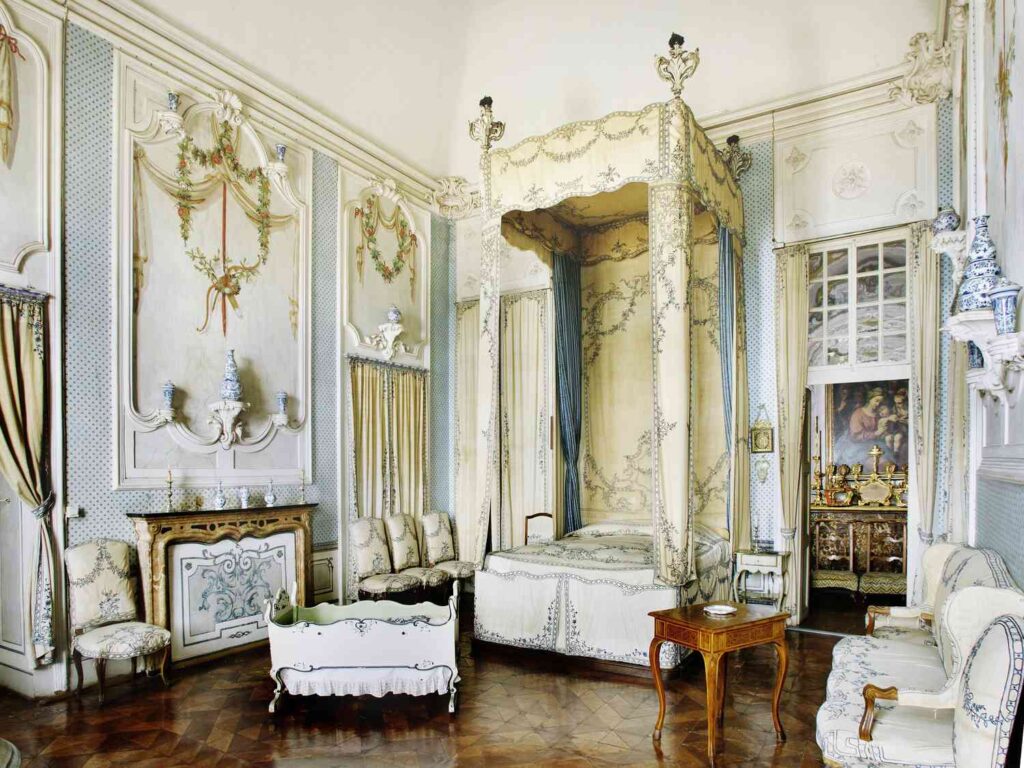
Image Source: The Spruce
Victorian Homes
The Victorian era spanned from 1837 to 1901, a time characterized by the reign of Queen Victoria in England. During this era, the Industrial Revolution had taken hold, and with it, significant changes in interior design.
Victorian homes were known for their ornate and elaborate interiors, often featuring heavy fabrics, bold patterns, and intricate detailing. Homes were filled with antiques and embellished furniture, with heavy draperies, fringed tassels, and lace doilies adorning every surface.
Victorian homes often included separate rooms for various activities, including dining rooms, drawing rooms, and parlors. These spaces were designed to be as decorative as possible, with ornate plasterwork, wallpaper, and other decorative features.
The Victorian era also saw a resurgence of interest in Gothic design, with many homes incorporating elements such as pointed arches, vaulted ceilings, and stained glass windows. The use of technology in the home was also on the rise during this era, with the introduction of gas lighting, central heating, and indoor plumbing.
While Victorian homes may not be everyone’s cup of tea today, they are undoubtedly fascinating from a design perspective. The attention to detail, rich ornamentation, and meticulous craftsmanship of this era are awe-inspiring, and their influence can still be felt in modern design today.
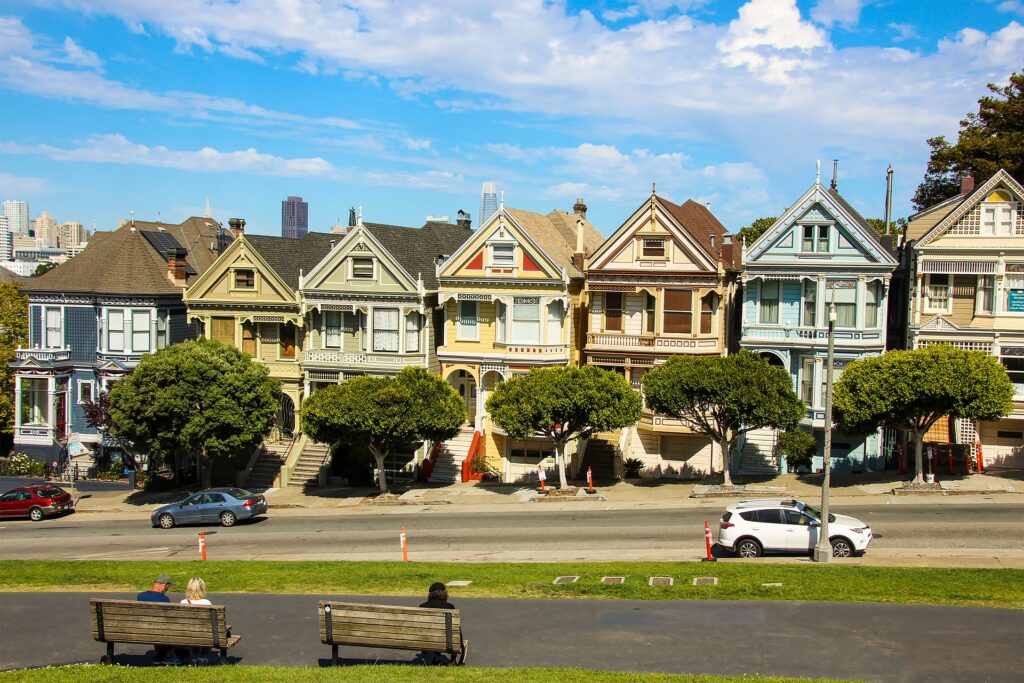
Modern Interior Design
The modern era of interior design started in the late 19th century, with the Arts and Crafts movement, which was a reaction to the mass production and machine-made objects of the Industrial Revolution. This movement emphasized handmade, natural materials and simple designs.
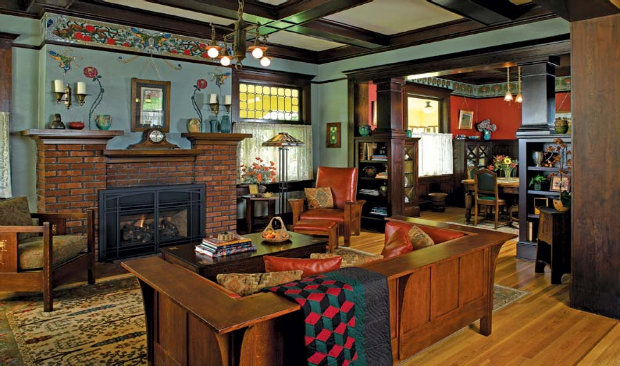
Image Source: Old Houses Online
In the early 20th century, the Art Deco movement emerged, characterized by geometric shapes, bold colors, and the use of new materials such as plastic and chrome. This style was popular in the 1920s and 1930s, especially in commercial and public buildings such as theaters and hotels.
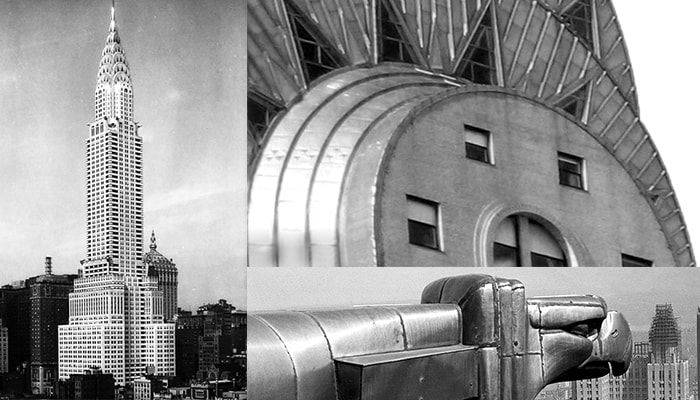
The mid-20th century saw the rise of modernism, which prioritized function over form and celebrated the beauty of simplicity. The Bauhaus school of design, founded in Germany in 1919, was influential in this movement, as were architects such as Le Corbusier and Mies van der Rohe. The mid-century modern style that emerged from this era is still popular today, characterized by clean lines, minimalism, and a focus on natural materials such as wood and leather.

Image Source: Architecture & Design, Online
In the 1980s, postmodernism emerged as a reaction to modernism’s perceived coldness and lack of ornamentation. This style emphasized playful, eclectic design elements and a mix of materials and styles. Designers such as Philippe Starck and Michael Graves were popular in this era.
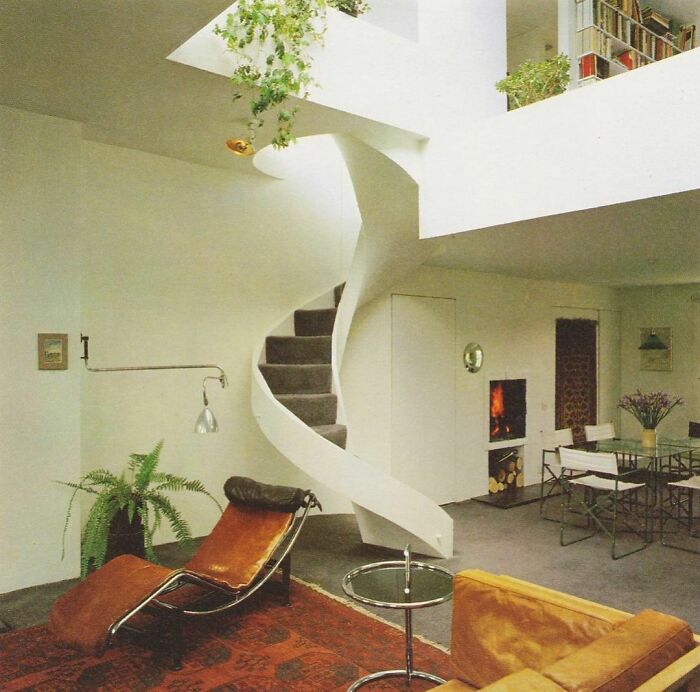
Today, interior design is characterized by a mix of styles and influences from different eras. The rise of the internet and social media has made it easier for people to access design inspiration from all over the world, and trends come and go quickly. However, sustainability and the use of natural materials are becoming more important in modern design, as people prioritize environmental responsibility and connection to nature.
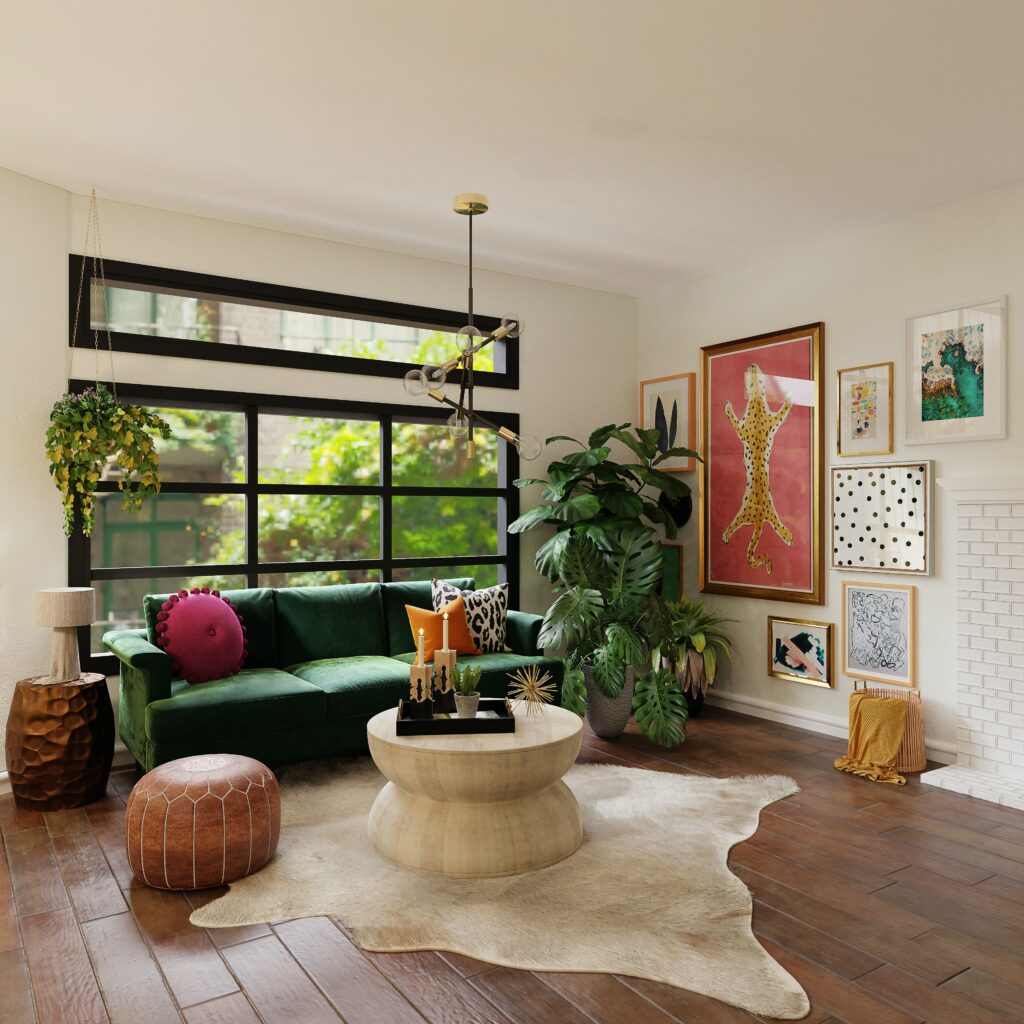
Read More Interesting Articles on our Blog, Here!
